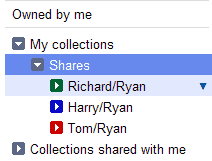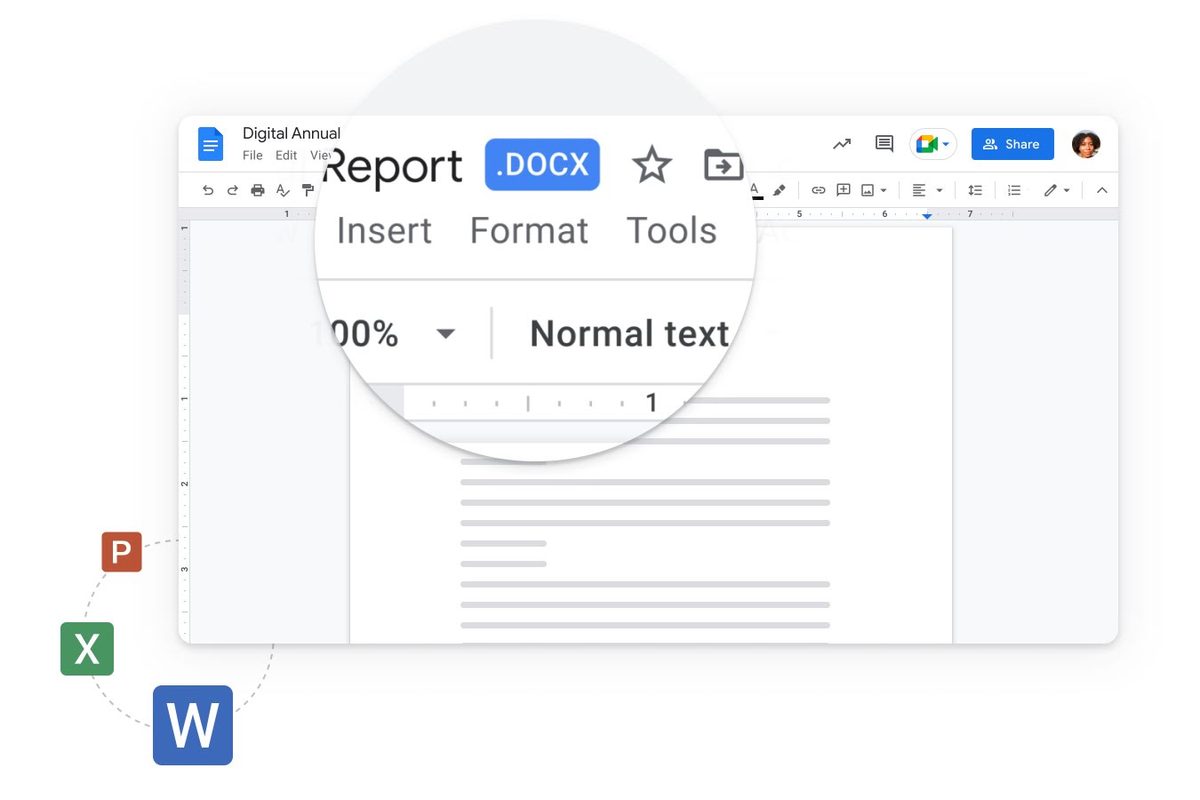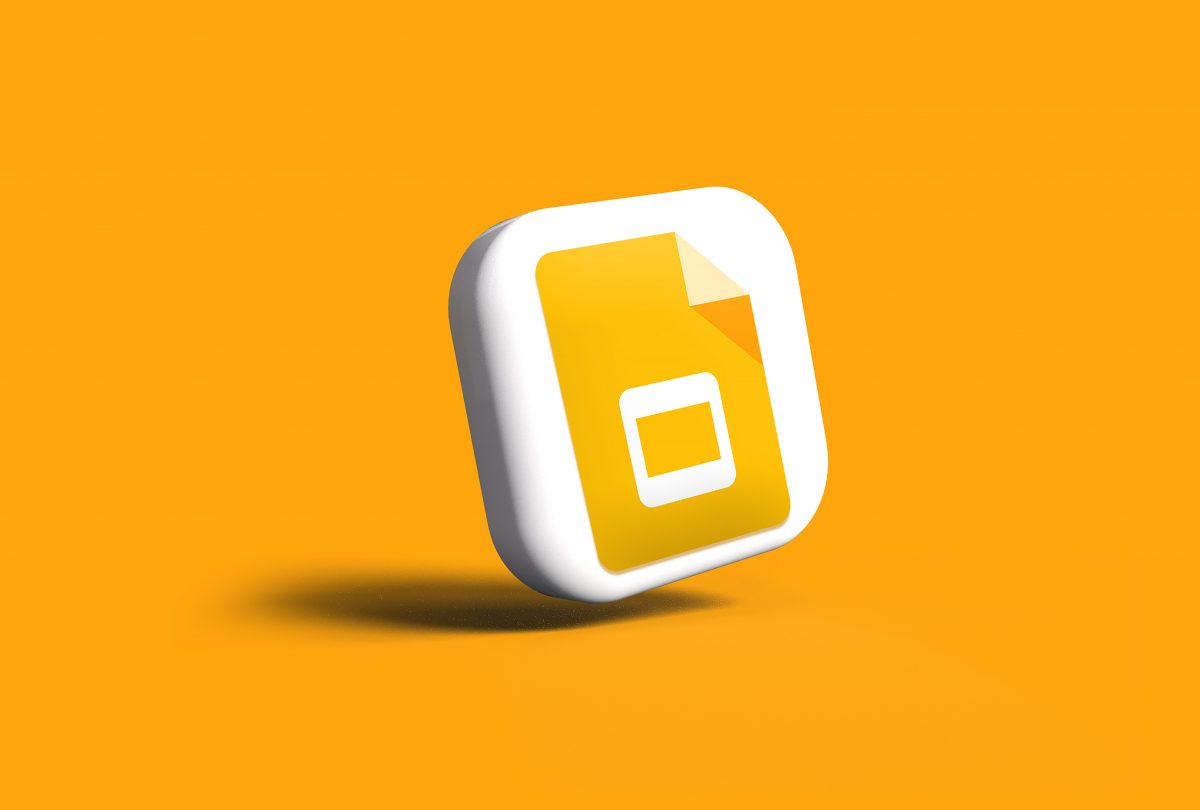Use Google Docs Like an Admin

Google Docs is a great way to share documents (such as this article), but keeping track of shares can be tricky.
That can be remedied with some thought-out collections (folders) and by avoiding a few habits.
The idea is to think like an administrator. You want to make sure you know who can use what in an efficient way.
There are two ways to do this. The first is to share by collection, rather than by file. This is not anything special, but it is a good idea to name the collection by person or group. The second method is to set up shared collections per individual. This is more work, but it has a few advantages.
For each person, you create a separate, dedicated collection that is only shared with the two of you. Do this for anyone you want to share documents with. Be sure to label the folder something like "their name - your name" and place them in a "Shares" collection. From here, apply the shared label to any file or collection you want. You can right click any item and select Organize... to check-off any labels you want.
The collections that any document belongs to shows next to the file name. With proper labels, you can see exactly who the document is shared with. Not so with traditional methods. From the main document listing, to see who has access to a collection, it needs to be selected. For a group of files not in a collection, you have to select them one-by-one. This can be time consuming, as the share list only shows in the description of individual documents.
For every new shared item, an e-mail has to be sent out to the newly involved party. This can be a problem if a file does not have much information in it. There is nothing to report yet. Since a collection created for an individual (or group) is not new, it can be used to give access without premature notification.
Sadly, there will be times when you want to revoke access. Going through vast amounts of files is a time sink. I have experienced bugs when removing people from the shared list in a collection. With the individual label method, you can see exactly what is shared to them by viewing that person’s label. You can also delete the label entirely.
You can take this idea to the next level by having two shares per person. Use one for complete access and another for read-only access. Another level of sub-collections and some color- coding will help to organize your system. This is more than most people really need, but it is an idea worth considering.
An easy way to lose track of document shares is to assign them to people by file. There is no easy way to administer documents with this method. This goes double for sharing a file with a link. Granted, for a person who does not use Gmail, this may be your only option. Sound advice would be to make a public collection for files individually shared via links. Then you would be able to keep track of them.
This individual label method will take some initiative, but it is worth the work. Creating the share is a one-time hassle. In the long run, it is less intrusive to contacts. The end result is an organized, flexible, visual system designed to be easy to administer. You even have revocation abilities. Other features, such as group e-mailing, should not be hampered at all. Users can still see who has access to a document from the Share button.




















